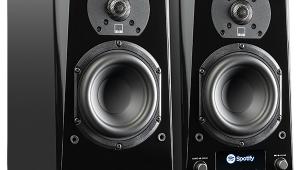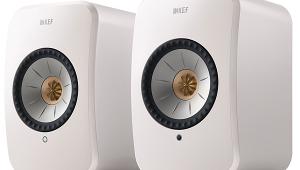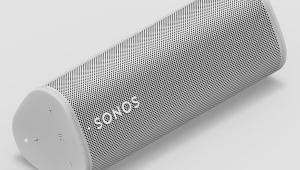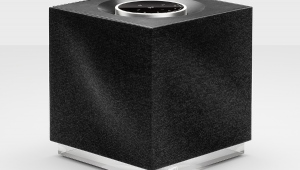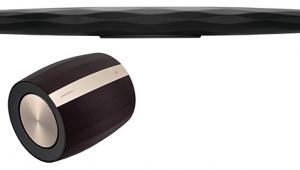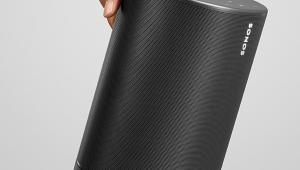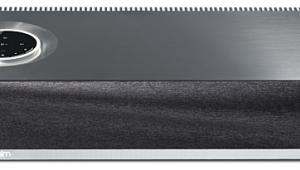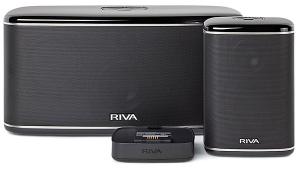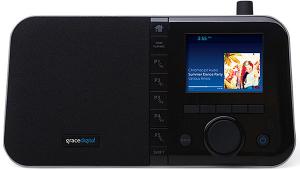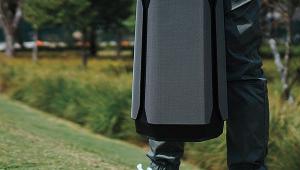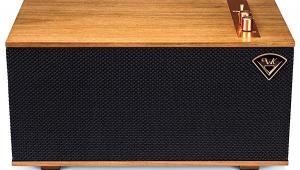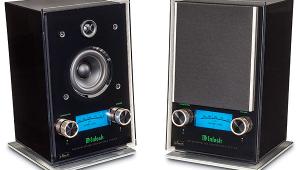Review: Libratone Zipp Wireless Speaker Page 3
Measurements
Frequency response
59 Hz to 20 kHz ±9.7 dB on-axis, ±7.6 dB avg 0-30°
Bass output (CEA-2010A standard)
• Ultra-low bass (20-31.5 Hz) average: 72.7 dB
20 Hz NA
25 Hz 72.5 dB
31.5 Hz 77.9 dB
• Low bass (40-63 Hz) average: 85.9 dB
40 Hz 78.2 dB
50 Hz 85.5 dB
63 Hz 90.2 dB
To measure the quasi-anechoic frequency response of the Zipp, I set it atop a 2-meter stand and placed the microphone at a distance of 1 meter. (Quasi-anechoic measurements eliminate reflections from surrounding objects to simulate measuring in an anechoic chamber.) The microphone was placed on the same axis as the tweeters. I then ran a ground-plane measurement at 1 meter to get the bass response. For all measurements, the unit was in Neutral FullRoom Optimization and voicing modes. To create the graph shown here, I spliced the bass response to the average of quasi-anechoic measurements of the left channel only taken at 0°, ±10°, ±20°, and ±30°. I used a Clio FW analyzer in MLS mode for the quasi-anechoic measurements and log chirp mode for ground plane, feeding test signals into the Zipp’s 3.5mm line input. The quasi-anechoic measurements were smoothed to 1/12th octave. The blue trace shows the 0° on-axis response, while the green trace shows the averaged response.
The Zipp’s on-axis frequency response is obviously not smooth at all, but you wouldn’t expect it to be given its unusual driver complement. Two open-backed tweeters at 90 degrees will inevitably interfere with each other’s sound waves. Any midrange coming off the woofer is being diffracted off the tweeters and the other chassis parts. These features create all sorts of peaks and dips in the midrange and treble, but they’re narrow and thus not necessarily all that audible. Also, they tend to average out into a flatter response. As you can see in the second frequency response graph, which shows measurements at 0°, 90°, and 180°, the responses at different angles don’t match but the tonal balance remains consistent — you don’t see the treble roll-off you see in most speakers when you move off-axis.
Not expecting much from the 4-inch woofer, and not having heard the Zipp before I measured it, I had intended to provide a simple Bass Limits measurement. But as I stepped the measurement frequency down, down, down, the Zipp just wouldn’t give out. So I decided to include full CEA-2010 bass output measurements here. I did the measurements at 1 meter because the Zipp’s output wasn’t strong enough to do them at the usual 3 meters. While the bass output isn’t real loud at any frequency, I did manage to get measurable response all the way down to 25 Hz—a trick even those subwoofers that come with ~$300 soundbars can’t manage. Amazing for a 4-inch woofer.
In my MCMäxxx™ test, in which I crank up Mötley Crüe’s “Kickstart My Heart” until it sounds distorted then back it off one notch and measure the output at 1 meter, the Zipp delivered 92 dBC. That’s pretty typical for a system of this size. The tweeters seem to be the limiting factor—the voices get a little tattered-sounding when the Zipp is at or near top volume.
Bottom line
Here’s an apt indicator of how I feel about the Zipp: The whole time I was reviewing it, I kept it playing at high volume, often repeating tunes just ’cause they sounded so good. Combine the great sound with the handy, cute form factor and the convenience of streaming from iOS devices without WiFi, and you’ve got by far my favorite AirPlay product to date.
- Log in or register to post comments
